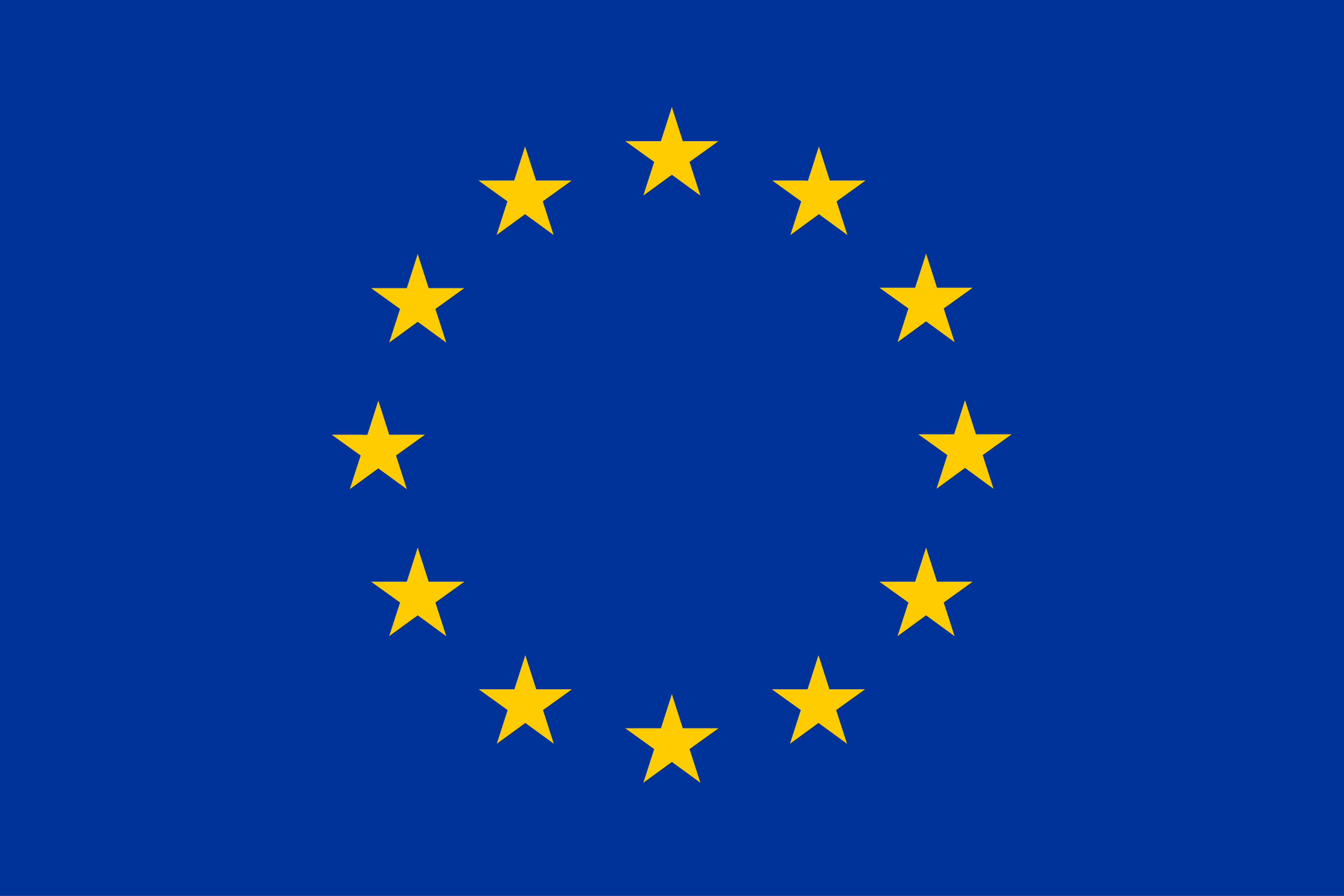
Our group conducts research in the areas of resilience and structural health monitoring technologies for civil engineering. We are focused on developing new and innovative solutions to the challenges facing the industry today. Our team of experts works tirelessly to advance the field through cutting-edge research and development. We are dedicated to making a real-world impact through our work.
ReCharged has the vision to develop an integrated framework toward a practical visualisation platform in order to optimise and streamline climate resilience and whole-life carbon emission assessments for interdependent Transport and Energy Systems, Lifelines and Assets (iTESLA). We do that by harnessing the power of digital technologies and data to quantify the functionality and recovery of iTESLA.

Artificial intelligence (AI) is revolutionizing the structural analysis and inspection techniques of buildings and infrastructure in the civil engineering sector. The ability to process large quantities of data, detect damage in infrastructures are making this process increasingly automated and rapid, allowing engineers to make decisions more quickly, allowing for effective preventive maintenance and capable of minimizing potential risks of collapses. FOURIER intends to explore these innovative techniques for monitoring structures and infrastructures using AI and augmented reality (AR) with the final aim of improving the resilience of structures against natural and anthropogenic events.

This project investigated the potential of using wearable sensors during emergencies in order to save more lives. The objective was to test a prototype of wearable sensor (similar to a smartwatch) that in addition to general features (fitness, entertainment, etc.) could be part of an infrastructure to localize people inside or nearby buildings. Moreover, it is possible to monitor the physical condition of people and the structural state of buildings. The proposed solution can work also without an internet connection and during power outages. It allowed to generate maps with the exact position of injured people making the rescue operations more effective.

Firefighters fatalities are increasing worldwide because they are the first entering in damaged buildings or in fire, without knowing the location of victims and the source of danger. The Principal Investigator has invented a system for indoor tracking that is able to detect victims inside buildings after a disaster (earthquake, fire, etc.) using a radio frequency system (UWB) based on fixed nodes (anchors) in the building to detect the location of wearable nodes (tags).

In this project, we aimed at developing a novel method to assess the performance of critical infrastructures during emergencies, taking into account human emotions and behaviour. It was a multidisciplinary and challenging as it tried to code the human role into a computer model together with the physical structures of a large-scale city. The long-term goal of Ideal Rescue is to develop a user-friendly tool which mayors and decision makers can use before, during and after emergencies to simulate the effect their decisions have on cities and population.

https://doi.org/10.1016/j.scs.2020.102506

https://doi.org/10.1061/(ASCE)ST.1943-541X.0001514

https://doi.org/10.1016/j.engstruct.2010.08.008

https://doi.org/10.1002/eqe.2422

https://doi.org/10.1016/j.compstruc.2008.01.012

https://doi.org/10.1016/j.ijdrr.2018.11.017

https://doi.org/10.1111/mice.12364

https://doi.org/10.1016/j.scs.2021.103540

https://doi.org/10.1080/13632469.2016.1172373
If you have any questions or would like to collaborate with us, please feel free to contact us anytime. We will get back to you as soon as possible.